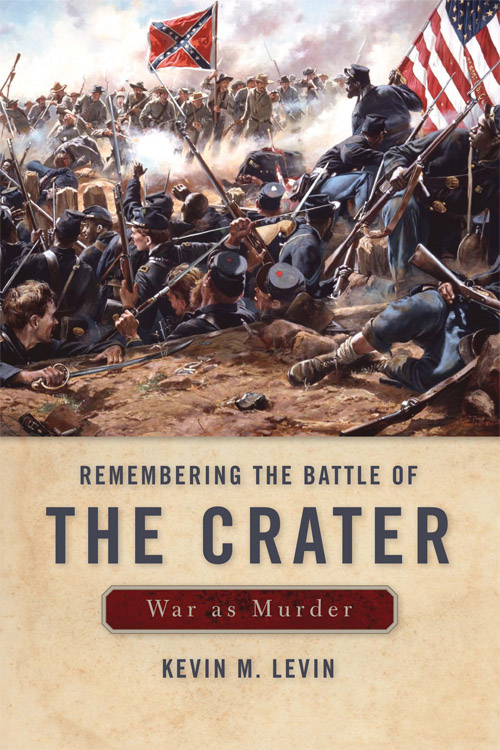 We are so close I can smell it. The other day I had a chance to review the content of the dust jacket, which included the blurbs below. I can’t tell you how thrilled I am to have these endorsements. I seem to remember at one point speculating as to whether blurbs were simply favors or at least based on some understanding of the content. Well, in this case I can state with confidence that all four read through the proofs or an earlier version of the book. I am so excited about the impending publication of this book that I wonder if actually holding it in my hands will be anti-climactic.
We are so close I can smell it. The other day I had a chance to review the content of the dust jacket, which included the blurbs below. I can’t tell you how thrilled I am to have these endorsements. I seem to remember at one point speculating as to whether blurbs were simply favors or at least based on some understanding of the content. Well, in this case I can state with confidence that all four read through the proofs or an earlier version of the book. I am so excited about the impending publication of this book that I wonder if actually holding it in my hands will be anti-climactic.
The only blurb we are still waiting on is from David Blight. No one has taught me more about the study of the Civil War and historical memory than Blight. While I hope my book builds on and even challenges some of the claims made in Race and Reunion: The Civil War in American Memory, no other book that has had more of an impact on my understanding of this field of Civil War studies. Earl Hess has been a supporter of this project from the very beginning. Back in 2003 I spent part of my summer gathering archival sources related to the Petersburg Campaign for his book, In the Trenches at Petersburg: Field Fortifications and Confederate Defeat
as well as his more recent military study of the Crater
. I was very pleased to see that my published work on the Crater made it into the final chapter of his book,
which briefly explored the postwar themes connected to the Crater. While researching in Petersburg I spent a good deal of time talking with Chris Calkins, who was then chief of interpretation at the Petersburg National Battlefield. No one knows more about the battle and while I suspect that Chris disagrees with some of my interpretive points related to the recent history of the NPS at Petersburg I am thrilled to have his name on the book. Chris is now in charge of the new Sailor’s Creek battlefield, which I hope to visit at some point soon. Finally, it’s really nice to have Anne Marshall’s endorsement. Despite predictions to the contrary I would like to think that our books point to continued interest in the field of Civil War memory. If you have not done so I highly recommend reading her recent book, Creating a Confederate Kentucky: The Lost Cause and Civil War Memory in a Border State
.
“This is an important study of memory, race, and the Battle of the Crater. Levin traces the troubled story of how the Mine Attack at Petersburg was remembered by survivors and contemporary generations alike, and he makes clear and frank judgments about the tortured ways in which Americans have dealt with, or avoided, key racial aspects of the battle. Levin offers significant and convincing insights as he sheds light on our understanding of historical memory.”—Earl J. Hess, author of Into the Crater—The Mine Attack at Petersburg
“[Remembering The Battle of the Crater] centers on the well documented ‘massacre’ of the United States Colored Troops by Confederate soldiers during and after the battle, carrying the story on through the eras of the Lost Cause, Virginia’s Reconstruction and Readjuster Movement. Levin’s work offers a refreshing and inquisitive look at the battle and how the role of the USCT’s is now coming into light in subsequent preservation and interpretation efforts.”—Chris Calkins, Former Chief of Interpretation/Historian (Ret.), Petersburg National Battlefield
“Levin offers something new and valuable in this book. His approach of unpacking the complex telling and forgetting of the events surrounding one battle allows him a focus and specificity that even many very good treatments of historical memory often lack. Remembering the Battle of the Crater stands to make a real and lasting contribution to the field of Civil War memory studies.” –Anne Marshall, author of Creating a Confederate Kentucky: The Lost Cause and Civil War Memory in a Border State
Should only be a matter of a few more weeks. Order your copy today.